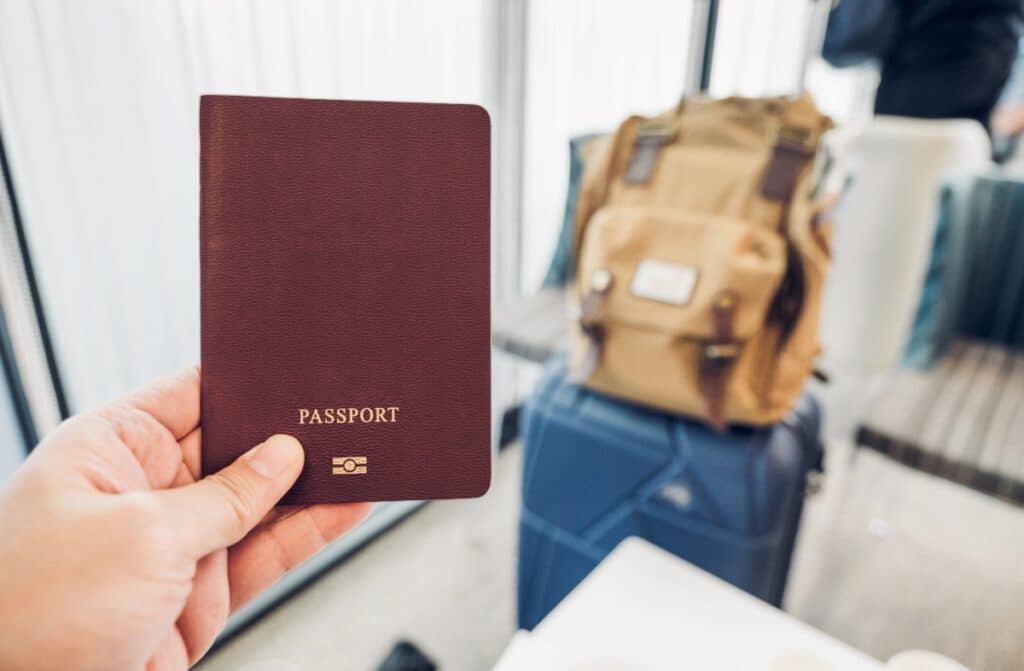Airports are bustling hubs of activity, serving as gateways for millions of passengers daily. However, with increased air travel comes the need for increased security measures to keep airports, passengers and crews safe.
Airport security has evolved over the years, leading to various security measures being implemented at airports worldwide. These security measures start before passengers enter the airport terminal and continue until they board their flights. Airports use various tools to detect and prevent threats, from X-ray machines and metal detectors to full-body scanners and explosive detection devices.
Let’s check out some of the high-tech types of airport security measures in use today.
1. Passenger Pre-Board Screening
Pre-board screening is the first line of defence against potential threats. Passengers are screened using metal detectors and X-ray equipment at airport security checkpoints to ensure they are not bringing any prohibited items through the airport and onboard the plane.
Before boarding, passengers may also be subjected to pat-downs, handheld metal detectors, and explosives trace detection devices.
Check-in procedures are also part of pre-screening security, where passengers must present their identification documents and boarding passes. Additionally, passengers have their visa and immigration status checked to ensure they can leave or enter the country.

Pre-boarding screenings also apply to personal carry-ons. In this step, passengers’ carry-ons are scanned by X-ray machines to look for any prohibited objects that aren’t allowed on planes or in the airport area.
2. Hold Baggage Screening
The hold baggage security screening (HBSS) system takes a multi-pronged approach to security to check passengers’ bags for prohibited items before they board the plane. All checked bags are thoroughly inspected before passengers go through security checkpoints.
The same X-ray, computer tomography (CT), and explosive detection systems (EDS) screening used on carry-ons are also used on checked luggage, and a physical search is conducted if necessary. The baggage is then taken to the aircraft after being checked.
3. Non-Passenger Screening
Non-passengers are subject to screening procedures similar to those used for passengers prior to boarding. Airport security requires non-passenger screening before accessing restricted areas.
Non-passengers include anybody who works at an airport but is not a passenger. They include pilots, flight attendants, baggage handlers, caterers, maintenance workers, and customer support representatives.
Non-passenger screening occurs at entry points to restricted areas and at random times during operating hours. For everyone’s security, certain checkpoints may use biometric scanning.
Screening procedures for non-passengers at airports may include:
- Walk-through metal detector
- Full-body scanner
- Explosives trace detection
- Security X-ray system
- Hand-held metal detector
- Pat-downs
- Physical search
4. CCTV
Closed-circuit video systems are essential to airport security systems because of their adaptability and capacity to track activities in any part of the airport. The use of closed-circuit television (CCTV) systems requires a dedicated staff to monitor the recordings around the clock. This ensures any questionable conduct is addressed promptly and timely identification and flagging of people who may pose a security risk.
The technology behind CCTV systems has greatly improved. Nowadays, commercially available models have autonomous facial recognition capabilities. These smart CCTV systems are suited for airports, a common point of departure for those wishing to elude the country’s jurisdiction, as they can be used to monitor suspicious behaviour, identify individuals, and notify authorities of their whereabouts.
5. Security Bollards
Nearly all major airports in the world have roadways leading to and around the terminal. However, some areas of the airport are off-limit to unauthorised vehicles for safety reasons.
Bollards and barriers are installed at the airport’s entrances and around its terminals to restrict vehicle traffic and prevent hostile vehicle attacks. Security bollards are also used in many airports to prevent unauthorised vehicle access into aircraft hangars, and warehouse floors and to keep cars off runways.
There are two types of security bollards: permanent and collapsible. Collapsible bollards are integrated with third-party apps and use ID passes to allow appropriate access when required.
Conclusion of Types of Airport Security
Airport security is a complex and multi-layered systems of Types of Airport Security that requires careful planning and implementation. Thus, rather than depending on a single form of security, it’s best to integrate all the aforementioned security methods to get the best results.
Additionally, it’s crucial that airports keep up with the ever-changing aviation industry by investing in cutting-edge security measures. Working with airport security consultants can provide valuable insights and guidance on improving security and mitigating risks. If you are interested in finding out more, we at the Airport Gurus would gladly assist you.



